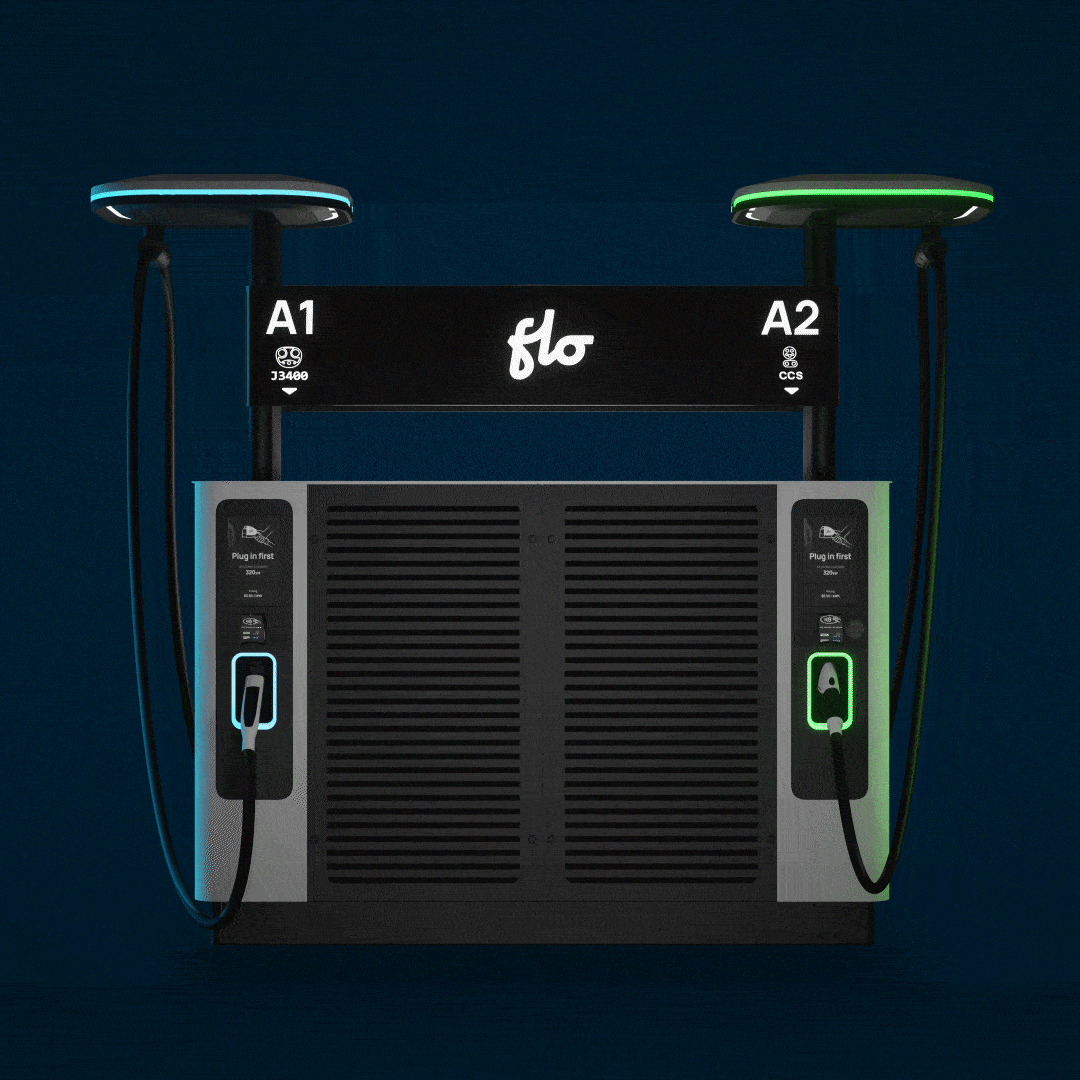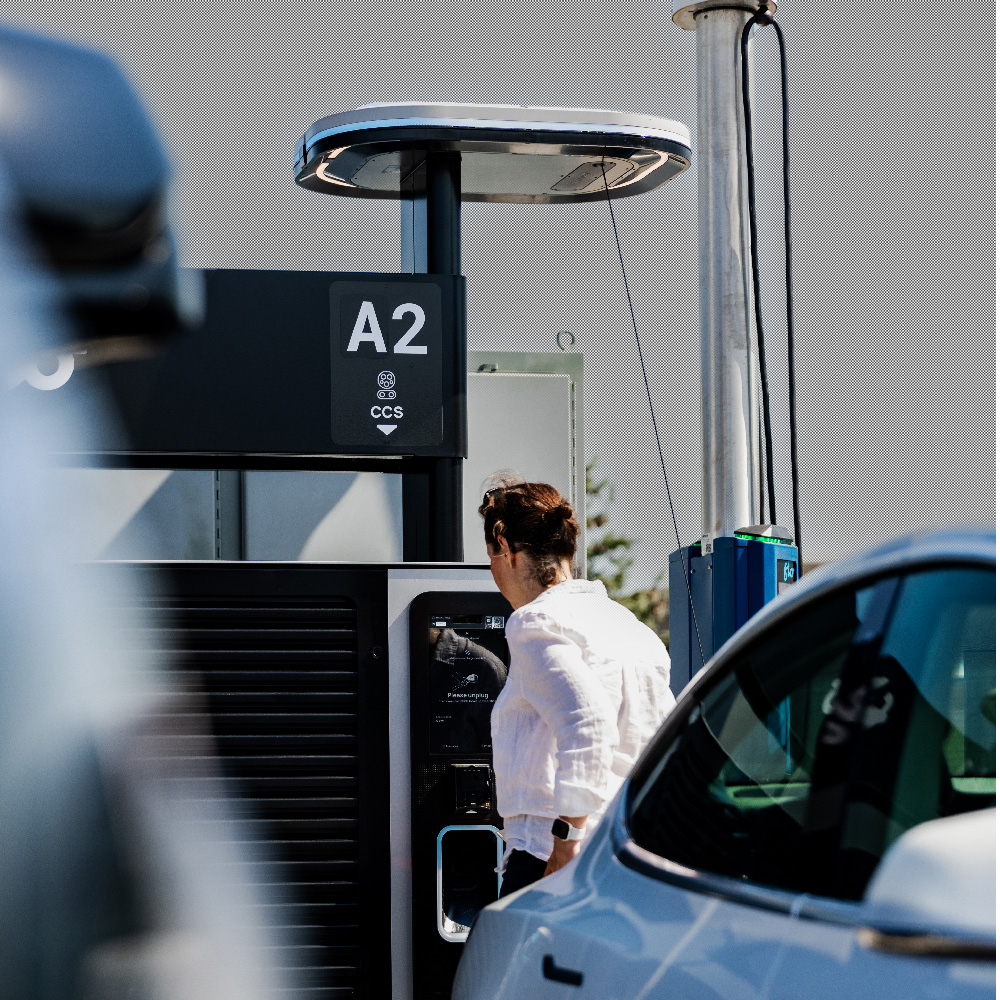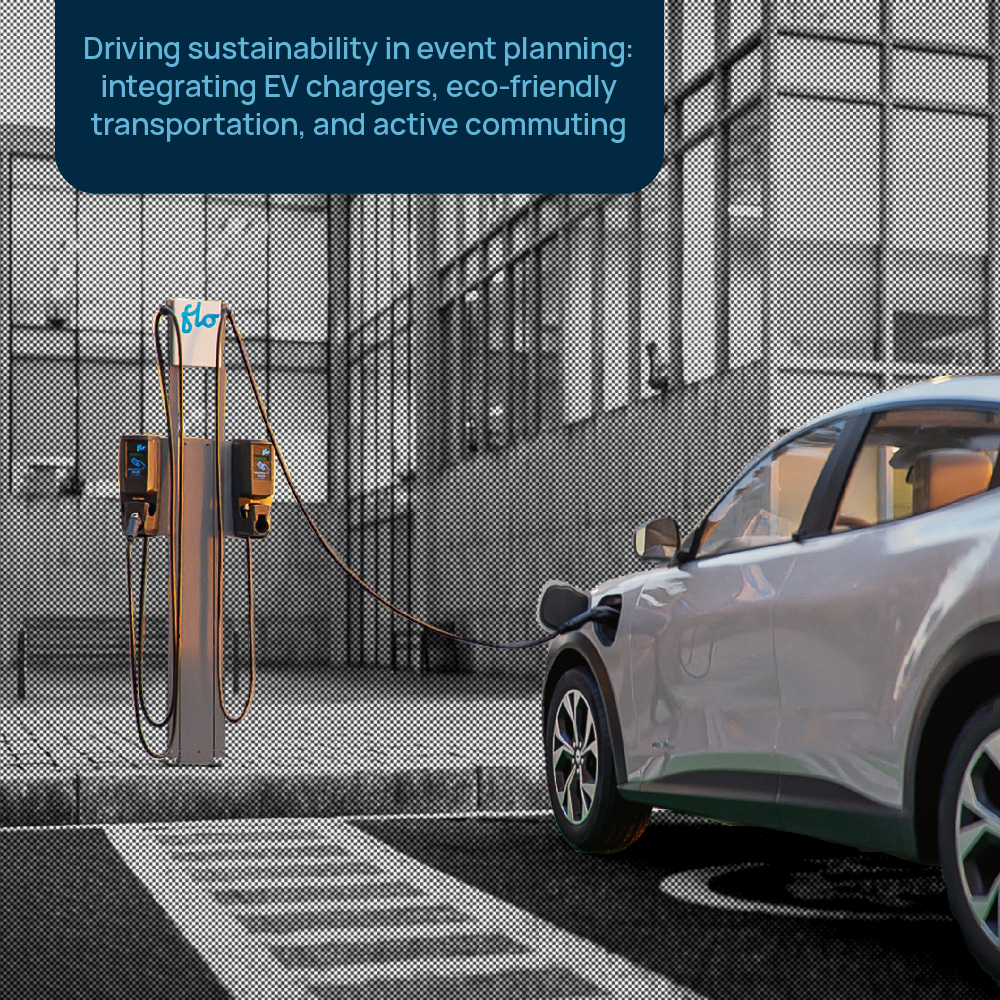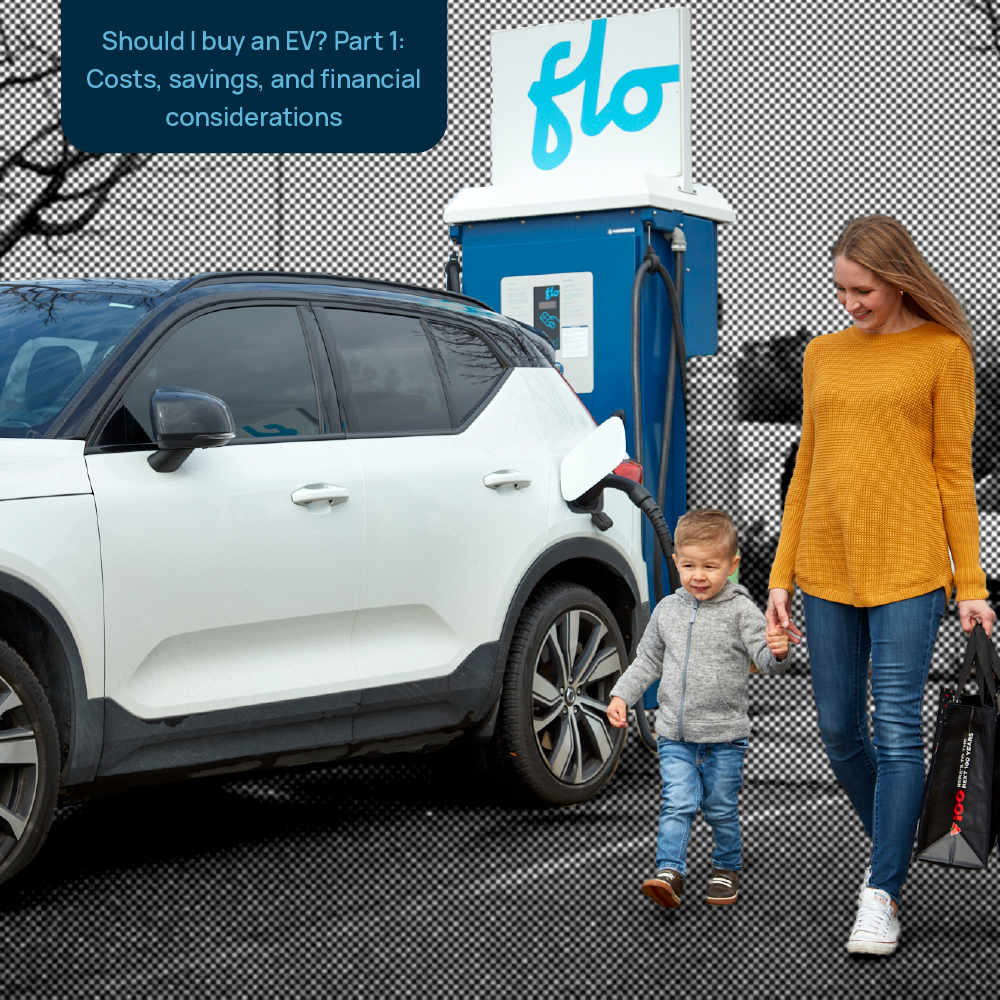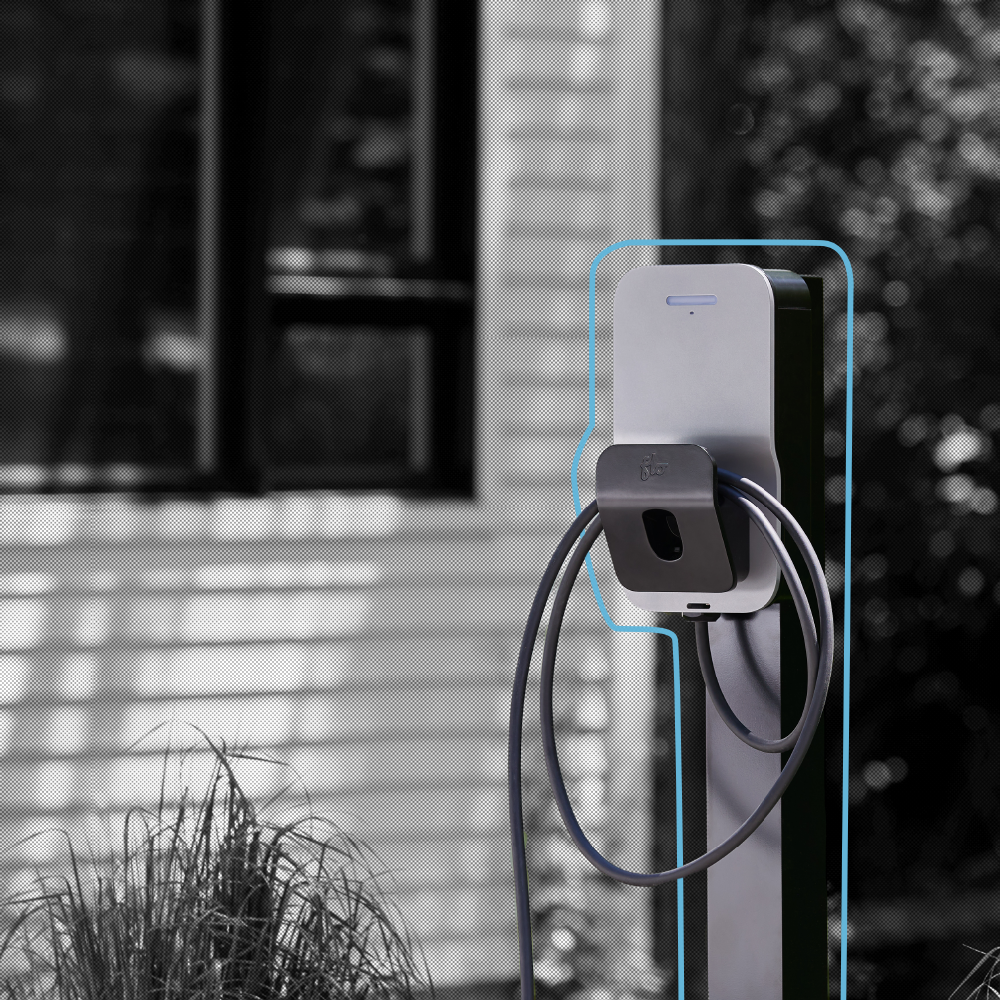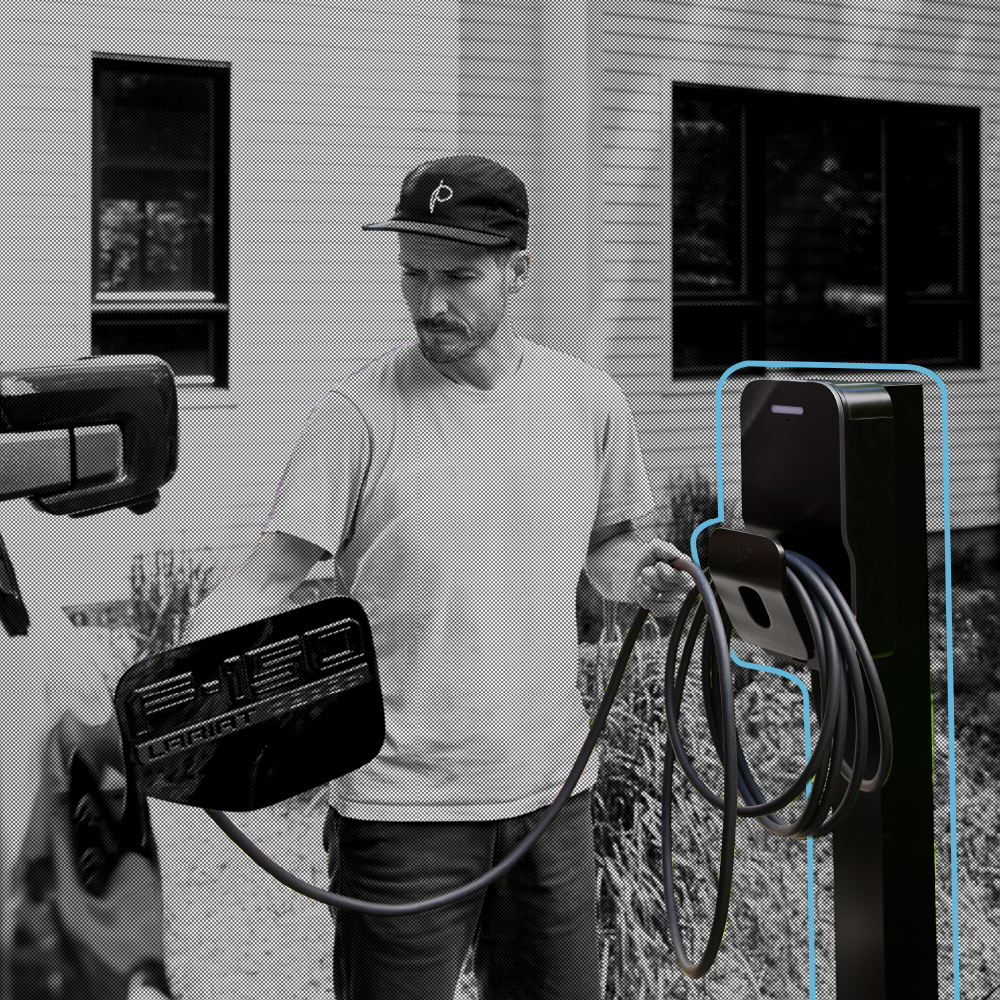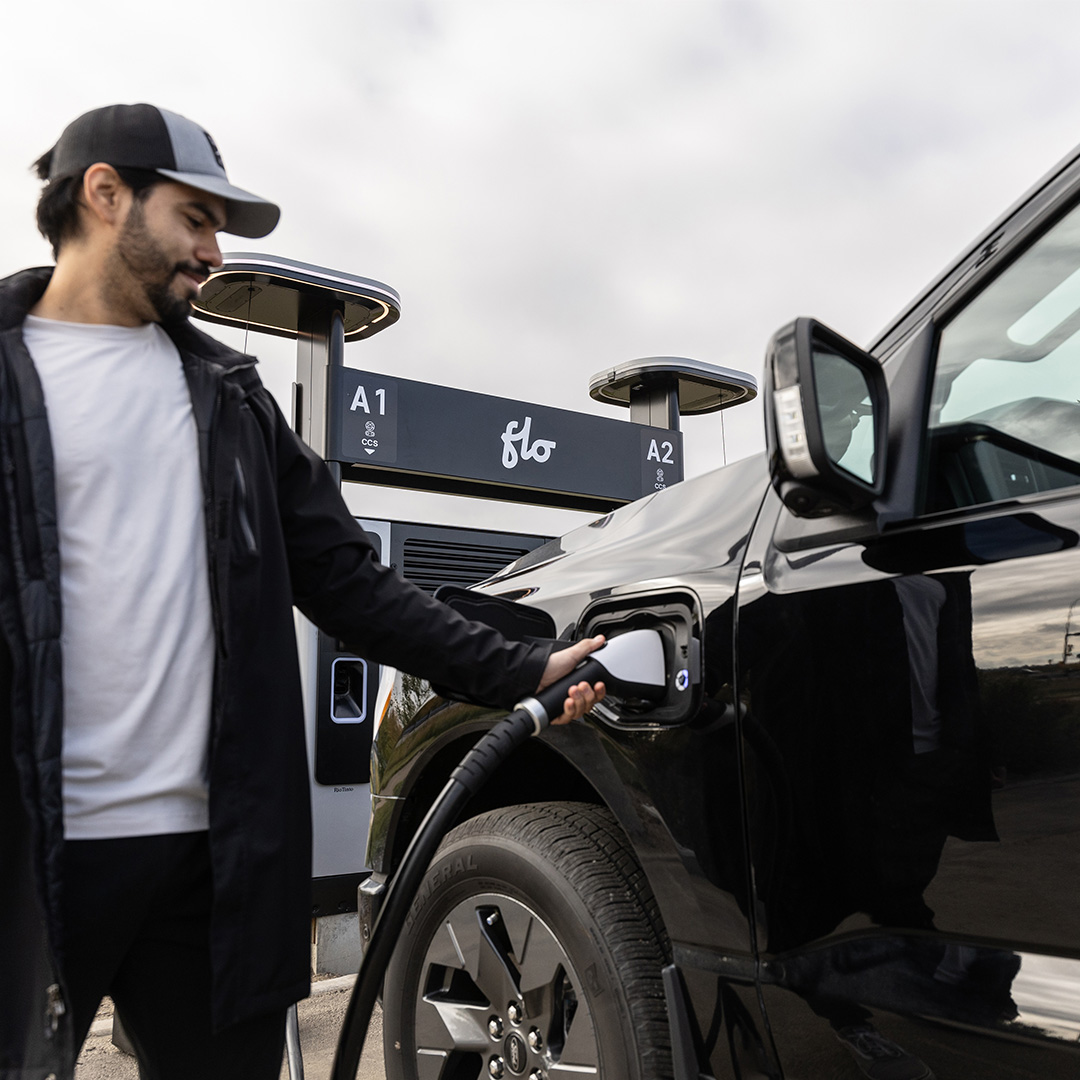5 things all top-rated fast charging sites have in common
By Ben Rochon, Service Designer at FLO
More and more people are turning to electric vehicles for everything from daily commutes to long-distance trips. This EV adoption ramp-up has given rise to a new set of expectations surrounding the fast charger experience: new users expect efficient and convenient charging solutions to be readily available when on the road, and they are understandably less tolerant of remote, poorly configured charging sites.
With these expectations in mind, we set out to pinpoint some of the key attributes of a high-performance fast charging site. We analyzed the top 20 locations of fast chargers on FLO’s network, and compared their attributes to understand why some sites perform better than others, and how charging site owners can best meet evolving user expectations.
Not every site will check all of these boxes — and that’s okay. After all, as EVs become more widely adopted, we’ll need chargers everywhere! But if you want to know what draws users to EV charging sites, look at what the data tells us about it.
They’re conveniently located
Convenience is key for drivers. A top-tier electric car charging station will be located where people are already going or need to go. That might seem obvious, but there are countless EV charging sites that are located out of drivers’ ways or poorly situated to address their needs.
According to our data, a large majority of popular fast charger sites fall into two categories:
- Highway service areas, which are located just off of highways and away from residential areas. People generally stop at these sites for a short amount of time and expect to leave as soon as they fulfill their other on-the-road needs.
- Hybrid commercial lots in urban or suburban areas, between a highway or major road and a residential neighbourhood. These commercial lots often include large retailers, grocery stores, restaurants, and other stores, all in walking distance of each other. These allow for both quick transit stops and activities that take up fewer than 45 minutes.
They’re clearly visible and easy to find
Hide and seek is fun, but drivers are not playing around when it comes to convenience. A good site needs to be easy to find. Most popular sites are visible and easily reachable from the main road and have clear signage describing how to get there.
Whenever possible, a transit site should be indicated on rest stop signs along with other services like food. Typically, people are looking for right-off-the-highway stops so the charging site should be visible either from the highway or right after taking the exit.
They’re listed on the right navigation apps
EV drivers rely heavily on navigation tools and maps to find charging stations. To improve their findability, they need to be listed on as many charging apps as possible. For example, at FLO, we make our chargers available on a wide array of networks and navigational tools, including Apple CarPlay, Android Auto and our roaming partners’ apps.
No matter the app or platform, the site needs to be tagged to the right coordinates to ensure what the drivers see on the map is exactly where they will find the charger.
They’re accessible for everyone
As EV adoption increases, access to chargers is becoming more of a focus. Site hosts need to ensure the chargers they provide and the infrastructure itself are comfortably usable by all drivers. This includes some key features:
- Larger parking spaces for EVs towing trailers or campers
- Chargers that are reachable and usable by people of different heights
- Motorized cable management systems: Most people who have tried fast charging know how heavy and rigid the cables can get. While their weight helps ensure the cables do not overheat or get worn down, it can be difficult for some to bring the connector to the car and back. With a good cable management system, the driver can let the charging station do the heavy lifting.
That being said, charger accessibility goes beyond interacting with the unit itself. As people roam around nearby to pass the time as their EV recharges, there should be amenities close by with a secure pathway to access them.
They’re safe
A fast charger can take up to 30 minutes to fully recharge an EV, so it’s crucial for sites to provide cues that create a sense of security for drivers. Our research project centered around women EV drivers revealed that security is a major concern for this demographic, and can even lead drivers to avoid a charging site that is perceived as unsafe.
A secure site should include several features. The location, for example, should be well-lit and in a higher-traffic area as opposed to an isolated parking lot away from the street. Keep in mind that people will be using public chargers at any time of day, and there are countless demographics of EV drivers that may soon share these same concerns (the elderly, people with children, teens, etc.).
What makes a five-star fast charging station site?
How many chargers do you need?
Nobody likes driving to a charging location only to find a single broken charger once they get there. To avoid this inconvenience, drivers often choose sites that have multiple chargers or are near other charging locations.
Determining the exact number of chargers required for a reliable charging site can be challenging. According to our analysis, some of the most successful sites have between 4 and 6 chargers installed, but other sites with only two chargers can accommodate a similar number of cumulative sessions.
The key is to assess the site’s traffic and surrounding area to ensure there are enough chargers to meet demand and minimize wait times. To adapt to evolving demand, sites should be designed in a way that allows for chargers to be added as needed.
How to maintain a fast charger site
Maintaining a clean charging site goes a long way towards providing a great customer experience.
Whenever there are problems that prevent the drivers from charging properly, they should be fixed as soon as possible. If something like a pile of snow or a gas car is blocking an EV charging spot, make sure to remove it in a timely manner, and make sure trash cans or other self-serve stations are emptied and replenished at a reasonable frequency.
Going beyond the charger
While drivers’ cars are plugged in, it’s nice to have something to do while they wait. For some, this can mean offering amenities such as Wi-Fi, restrooms, comfortable rest areas, and cleaning supplies. Providing these amenities can turn the charging experience into an opportunity for drivers to take care of other needs, such as grabbing a bite to eat or doing some shopping, while waiting for their vehicle to charge. Having the right amenities available is becoming increasingly important to ensure a competitive transit stop experience for EV drivers.
Blending in with your surroundings
Now that we’ve established that having amenities is a customer experience must-have, let’s address how charging sites can integrate with their surrounding environments.
Many sites are technically close to other businesses from a bird’s-eye view, but, in practice, they require customers to walk across large parking lots or cross busy streets. These physical barriers are a deterrent to some and make charging sites feel less integrated into their surroundings. Amenities need to not only be close by, but also easily reachable and findable for drivers who don’t know the area well.
EVs are still relatively new on the scene, and industry players have been hard at work refining the user journey. Now that we have some preliminary data to work with, it’s getting easier to give customers what they really want out of their charging experience. If you need help planning your own fast charger site, reach out!

